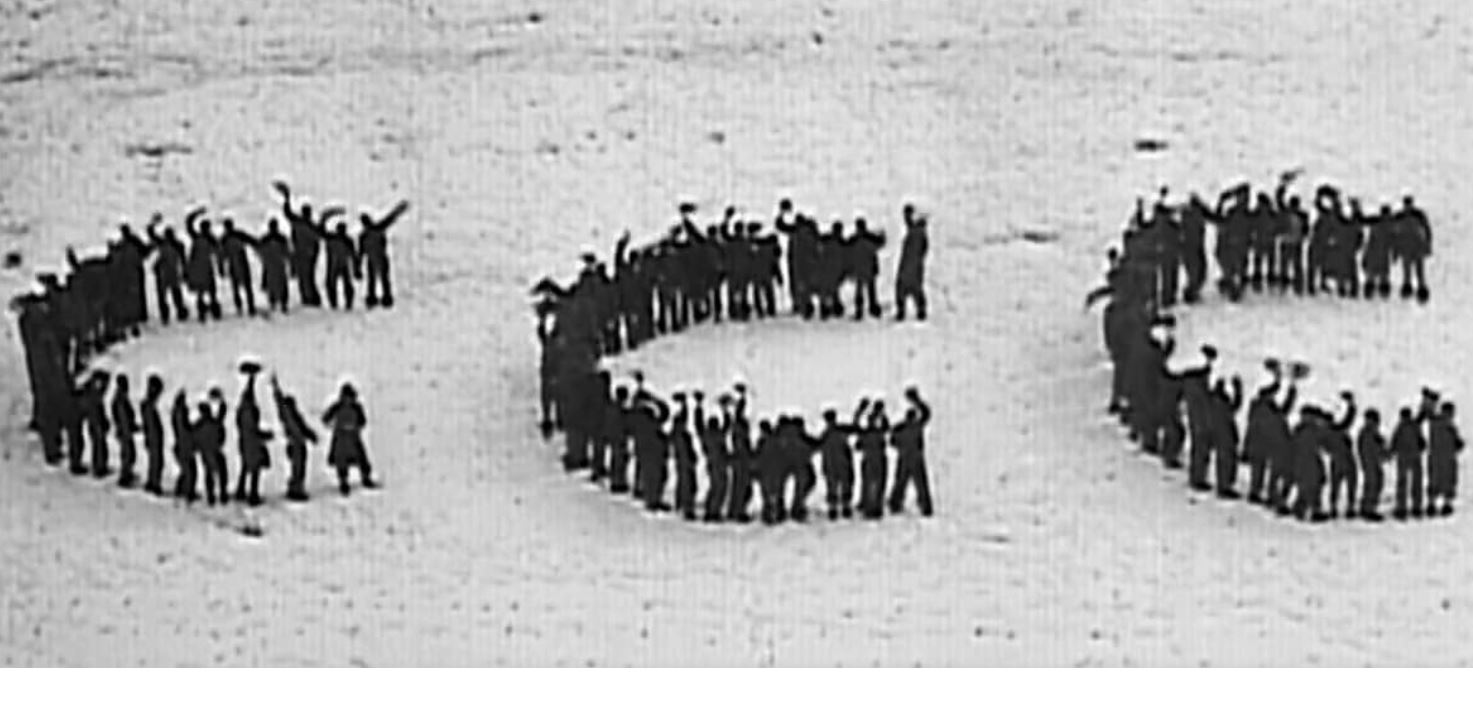Two leading House Republicans have launched an investigation into the Biden White House’s unilateral creation of the American Climate Corps, saying the administration’s move is taking place without congressional authorization.
First rejected by Congress during the Obama administration, and then excluded from last year’s Inflation Reduction Act, the Climate Corps is back, this time anchored in a Sept. 20 executive order issued by President Biden. Fearing the White House was doing an end-run around Congress, House Oversight and Accountability Committee Chairman James Comer (R-Ky., and fellow panel member Rep. Pete Sessions (R-Tx.) have requested that the administration turn over documents and other information relating to the executive branch’s establishment of the Climate Corps.
Specifically, Comer and Sessions instructed the administration to furnish all documents revealing the total cost of the Climate Corps and all communications with partnering federal agencies, state governments, and advocacy groups, The Washington Times reported (Oct. 16). All documents are to be turned over by Oct. 27, and a staff-level briefing is to take place before Oct. 20.
The lawmakers’ letter was sent to AmeriCorps CEO Michael Smith. Under the executive order, AmeriCorps will play a leading role in coordinating the Climate Corps’ activities, but five other federal agencies – the Departments of Energy, Labor, Interior, and Agriculture, along with the National Oceanic and Atmospheric Administration – will partner with the new entity. There are even plans for the Climate Corps to foster a partnership between AmeriCorps and the U.S. Forest Service, giving birth to yet another climate-related entity, the Forest Corps.
Unanswered Questions
At present, no one knows how much the Climate Corps will cost, where the money will come from, how many employees the agency will have, or what exactly its employees will do. Other than suggesting that Climate Corps employees will do such things as training to install solar panels, restore coastal wetlands, serve as electricians for green-energy projects, and somehow engage in “environmental justice,” the Biden White House has been silent on what Climate Corps employees will do.
“We’re opening up pathways to good-paying careers. lifetimes being involved in the work of making our communities more fair, more sustainable, more resilient,” White House climate adviser Ali Zaidi told reporters in September, the Times reported.
The administration’s vague language about what the Climate Corps will do and how it will operate is not likely to satisfy House investigators. In their letter to AmeriCorps, Comer and Sessions noted that the Climate Corps – unlike the New Deal-era Civilian Conservation Corps (CCC), after which the Climate Corps is allegedly modeled – has no congressional authorization. According to the White House, the Climate Corps will initially be active in 10 states: California, Colorado, Maine, Maryland, Michigan, Minnesota, North Carolina, Utah, and Washington. The key word here is “initially.” The program – unless it is killed by Congress or the courts – is certain to spread to other states in the years to come.
Can the Climate Corps be Stopped?
The aggressive move by Comer and Sessions is a clear sign that the Climate Corps’ detractors are not going to sit still. One way to bring the program down is to deny it funding in the appropriations process, in which a divided Congress must decide what and what not to fund. There were enough opponents of the Climate Corps to keep it out of last year’s Inflation Reduction Act, which otherwise lavished taxpayer dollars on climate-related projects.
Another option is to challenge the legality of the enterprise in the courts. As demonstrated in its landmark 2022 ruling in Sackett v. EPA, the majority of the U.S. Supreme Court is highly suspicious of the executive branch exercising power for which it has no specific congressional authorization, particularly with the action involving a “major question” affecting the national economy. Whether the Biden effort to create the Climate Corps crosses the “major question” threshold remains to be seen.
The real threat posed by the Climate Corps is that it would further institutionalize the phony narrative of human-induced climate change in a new federal agency that, once it is in place, will become a permanent fixture in Washington’s ever-expanding bureaucratic landscape.
